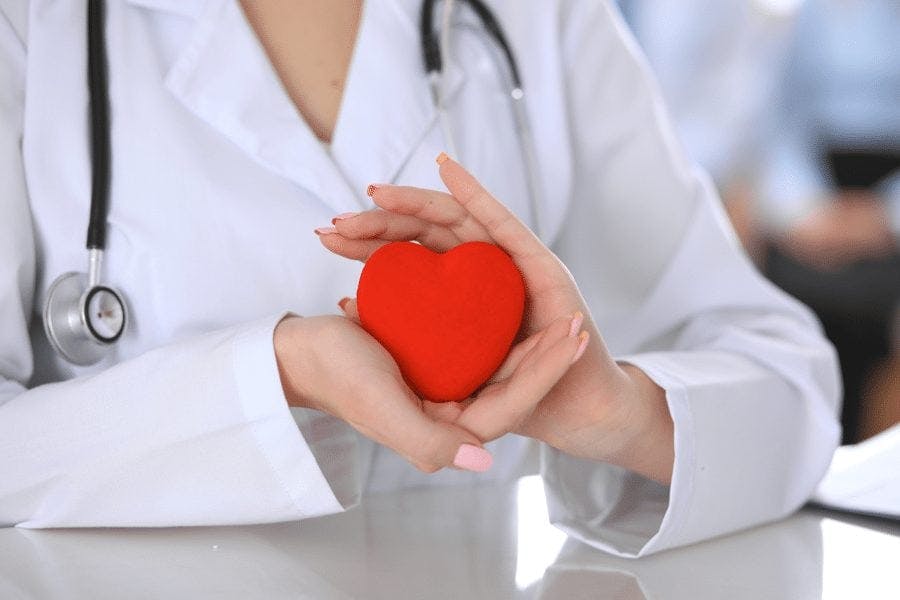
2024-07-12T16:54:51
Sunscreen Travel Tips
- Dermatology
October 9, 2017 | Cardiology

A heart attack, which occurs when the flow of blood to the heart is blocked, can be fatal. Immediate medical attention in the case of a heart attack is vital, and in many cases, this means recognizing the common signs and symptoms of a heart attack. Most heart attack symptoms tend to start slowly with mild pain and discomfort, though some can be sudden and intense. Here are the basics on signs and symptoms of a heart attack, plus how to respond.
The following symptoms may signal a heart attack:
Not all heart attacks will show the same symptoms or the same severity of symptoms. In some cases, no symptoms will be present. The more signs and symptoms, however, the greater the likelihood a heart attack is occurring.
Heart attack symptoms may vary between men and women. Both men and women share their most common symptom, chest pain or discomfort, but they differ beyond this. Women are slightly more likely to experience other symptoms like shortness of breath, nausea, vomiting, and back or jaw pain. Men are slightly less likely to experience these additional symptoms.
The steps you should take if you are experiencing these symptoms or see someone else experiencing them include:
Every minute counts during a heart attack. If you find someone who is unconscious, first call for medical attention and then perform CPR to keep blood flowing. Push hard and fast on their chest in a rapid rhythm at about 100 to 120 compressions per minute (about two per second). Do not check their airway or deliver rescue breaths unless you’ve been trained in CPR.
For more on recognizing and reacting to heart attack signs and symptoms, speak to your doctor.
Our providers are board certified in general cardiology and interventional cardiology. We have over 30 providers with decades of experience in heart-related care. As a part of Utah’s largest independent physician group, we have a network of physicians who are able to care for all cardiology needs.
Sources:
“Warning Signs of a Heart Attack.” American Heart Association. http://www.heart.org/HEARTORG/Conditions/HeartAttack/WarningSignsofaHeartAttack/Warning-Signs-of-a-Heart-Attack_UCM_002039_Article.jsp
“Heart attack.” The Mayo Clinic. http://www.mayoclinic.org/diseases-conditions/heart-attack/basics/symptoms/con-20019520
WRITTEN BY:
The Live Better Team


2024-07-12T16:54:51

2024-07-02T11:42:04

2024-07-01T13:49:28

2024-06-21T14:29:51
This information is not intended to replace the advice of a medical professional. You should always consult your doctor before making decisions about your health.